How to change your running technique
Changing the way you run can yield some impressive improvements both directly and indirectly. Here we’ll look at what to consider and how to get yourself running faster or with fewer injuries.
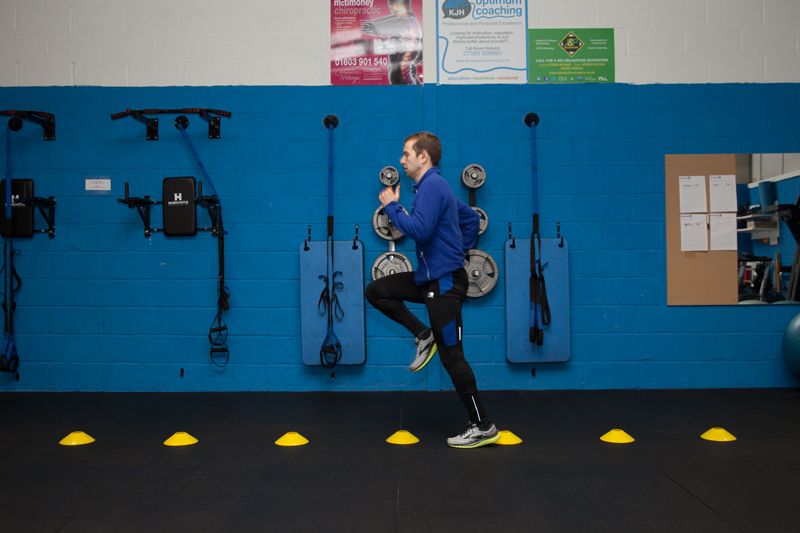
Changing the way you run can yield some impressive improvements both directly and indirectly. Here we’ll look at what to consider and how to get yourself running faster or with fewer injuries.
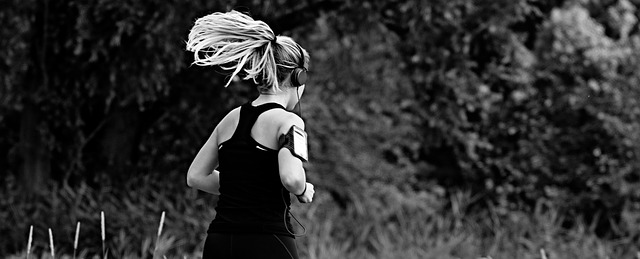
Long slow runs in preparation for a marathon or ultra can be quite dull, no matter how much you love to run. Let’s look at some ways to keep these runs a bit more engaging. The obvious choices. Running…
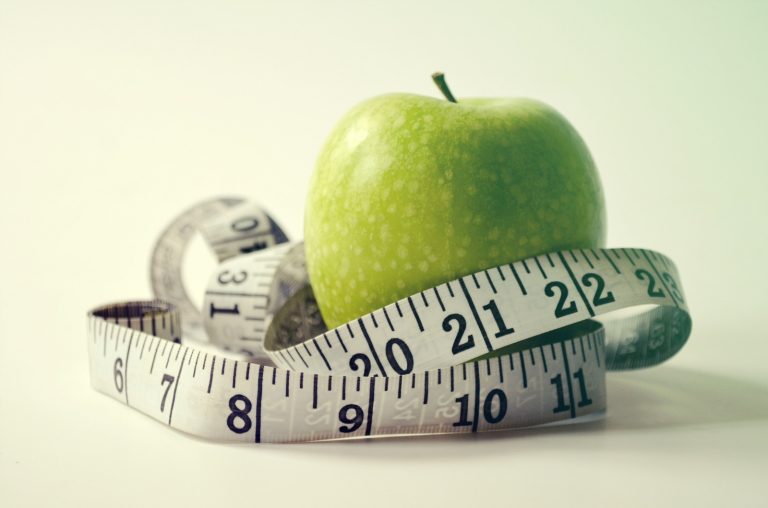
As runner’s we often track just about every conceivable statistic in an attempt to compare our runs to previous efforts, and of course to improve. Less common though is the action of tracking what food we eat. Here’s what you’re…
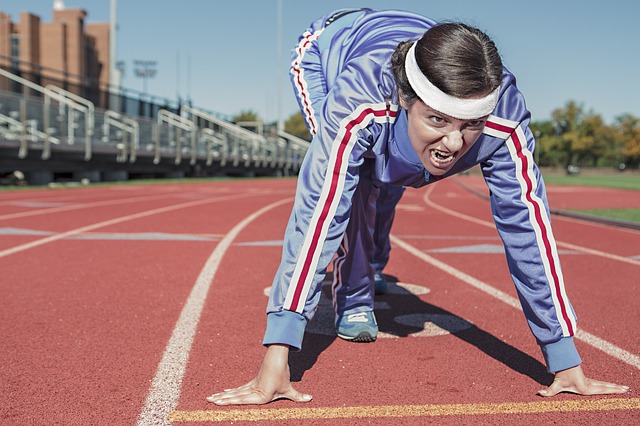
Not every run will be great. Some won’t even be good at all. You can however, turn it round and salvage even the most diabolical run. You’ve gone out with a session plan in mind. Maybe it’s to run a…
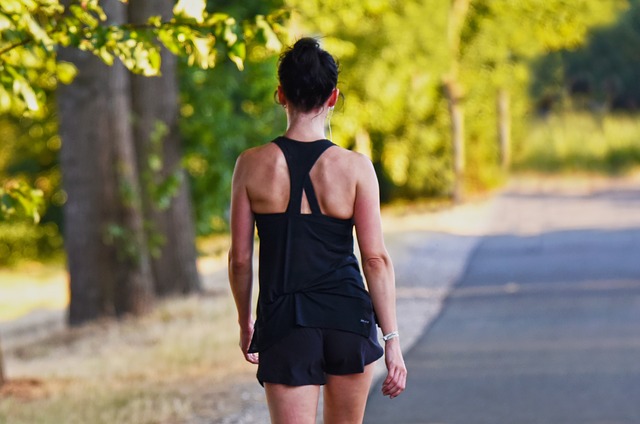
Getting started with running is hard, whether you’re heading out for the first time or returning from a period of not running. Chances are you might struggle to run for more than a few minutes at a time, and that’s…
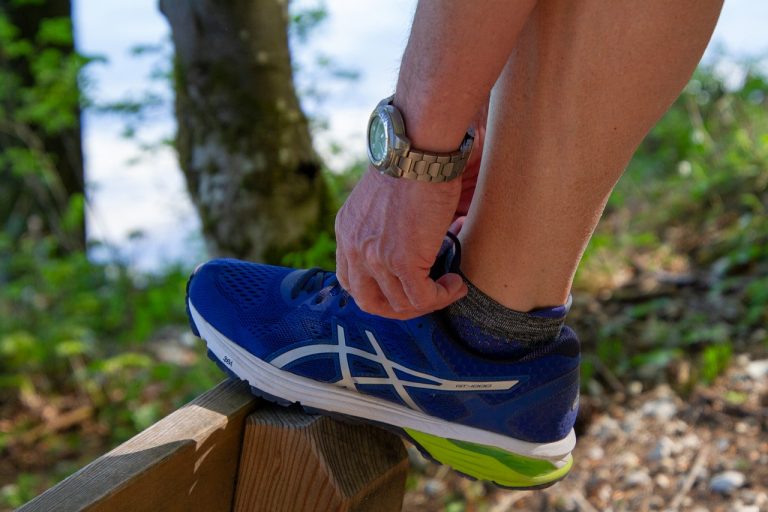
If you’re feeling exhausted right before your taper, it can leave you with a distinct lack of confidence, but fear not, it’s perfectly normal. Here’s why. It’s the hardest part Aside from the long runs being at their peak…